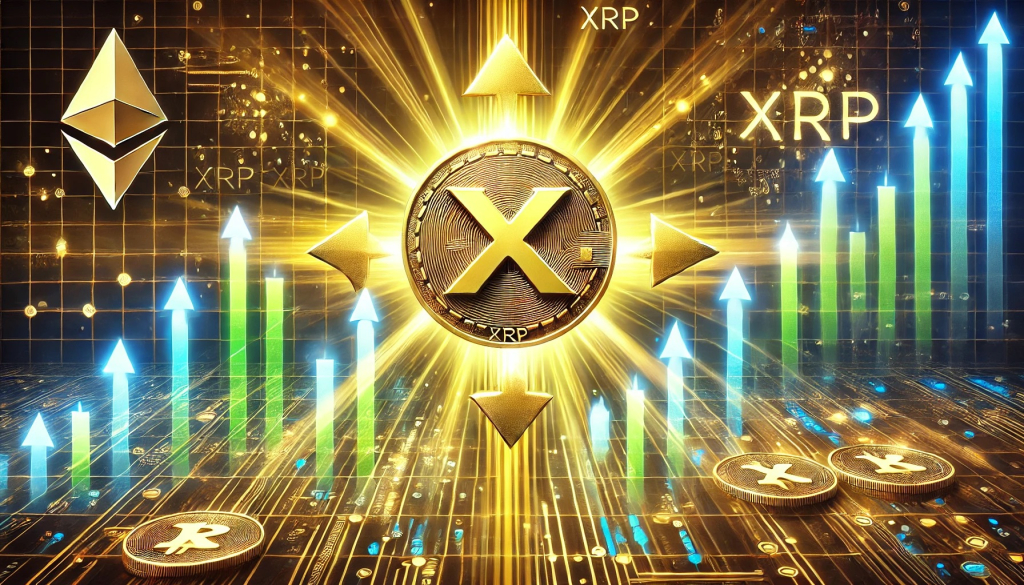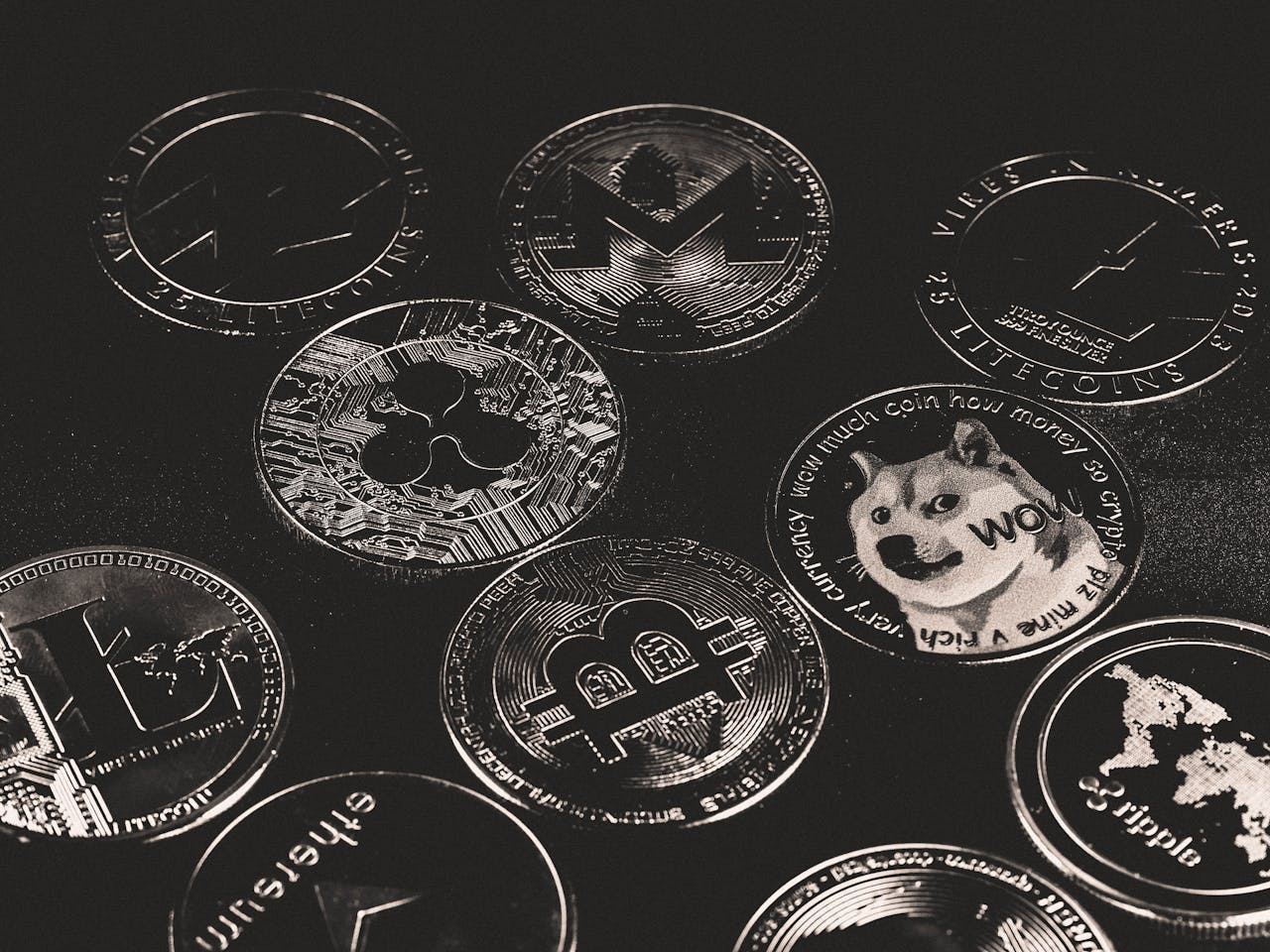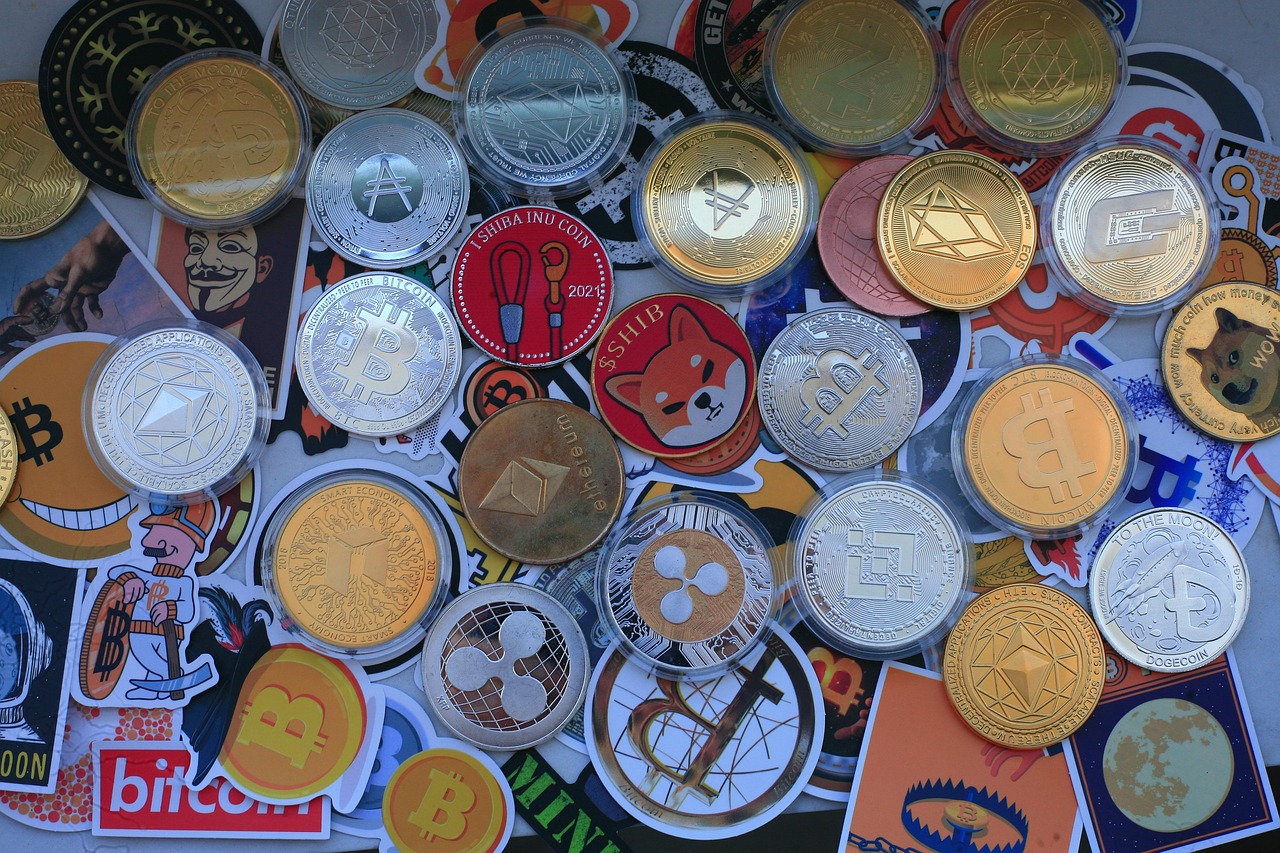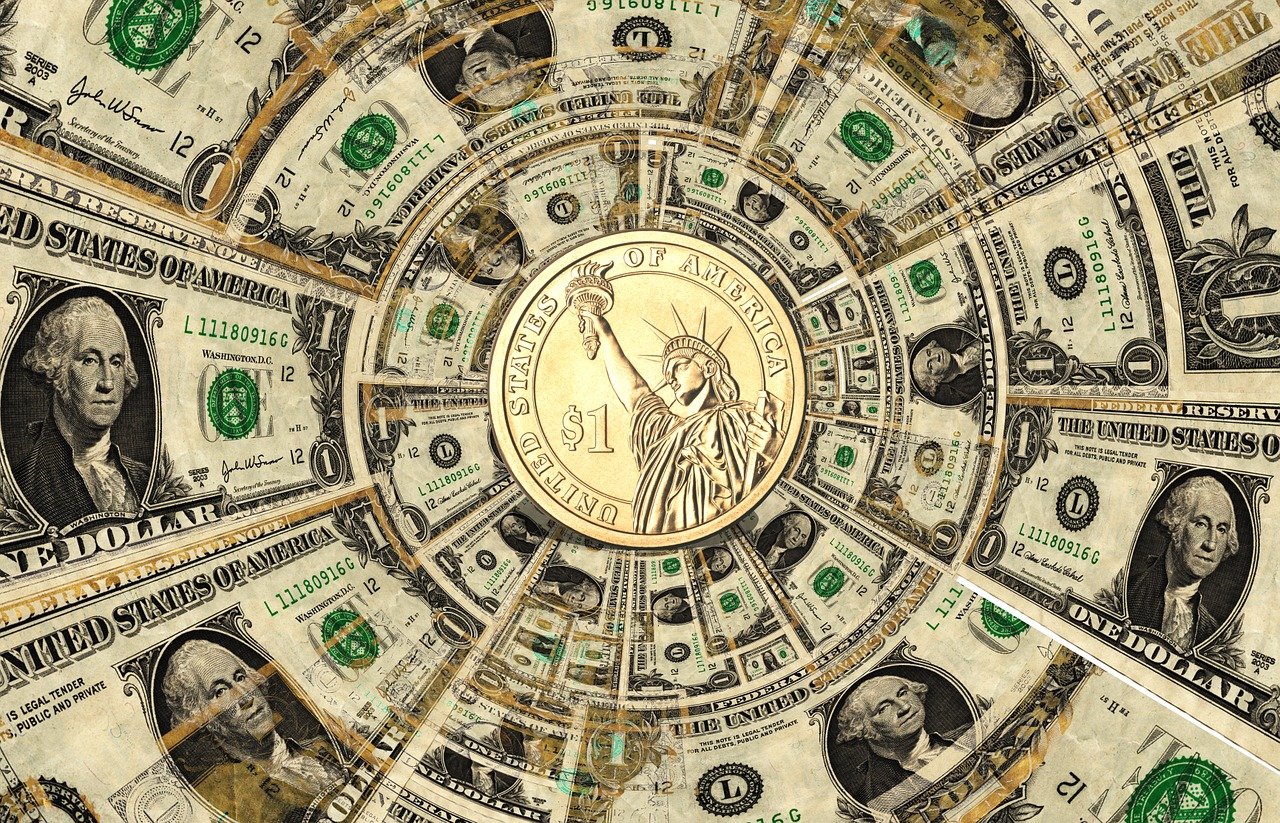Crypto analysts are divided on the possible trajectory of Bitcoin’s (BTC) price next year. While some analysts are optimistic and predict a rally could happen, there are also those who believe that the token’s price could further plunge from its current price of around $19,300.
For instance, some crypto analysts believe that Bitcoin’s price could bottom between $12,000 and $16,000 in the coming months, according to Cointelegraph. This pessimistic outlook factored in the volatile macroeconomic environment, inflation, Federal Reserve data, and a possible recession that could last until 2024 as predicted by Elon Musk.
Meanwhile, others are predicting that BTC could reverse the current downturn and rise to $80,000 next year. There are also those who believe that Bitcoin would likely drop sharply in the next few months but will rise in mid-to-late 2023.
The four-year market cycle, which consists of accumulation (buying), an upswing, distribution (selling), and a decline, historically corresponds with Bitcoin bull runs. The accumulation phase in this cycle should start around 2023, however, some believe it might not happen until 2024.
Valuations will likely rise by mid-2023. Kevin Svenson predicts that the bull market could start around April next year when the 80-week bear market ends.
Halving events have also been known to push Bitcoin’s price upwards. The next halving event will happen in April 2024, which could mean a price increase for long-term investors of the crypto.
However, investors need to be wary of the hype. Markets and influencers are well aware that greed sells. For instance, people should be skeptical of predictions that Ether will increase by ten times in 2023. In addition, despite such promises, Bitcoin is extremely unlikely to reach $100,000 or even get close to it.
There are also concerns that the four-year cycles may no longer be relevant due to a variety of reasons. One reason is that Bitcoin is now competing a host of cryptos, as well as with “decentralized finance (DeFi), GameFi, nonfungible tokens (NFTs), decentralized autonomous organizations (DAOs), Web3 startups and a number of far more lucrative investment mechanisms.”

























Comment 0